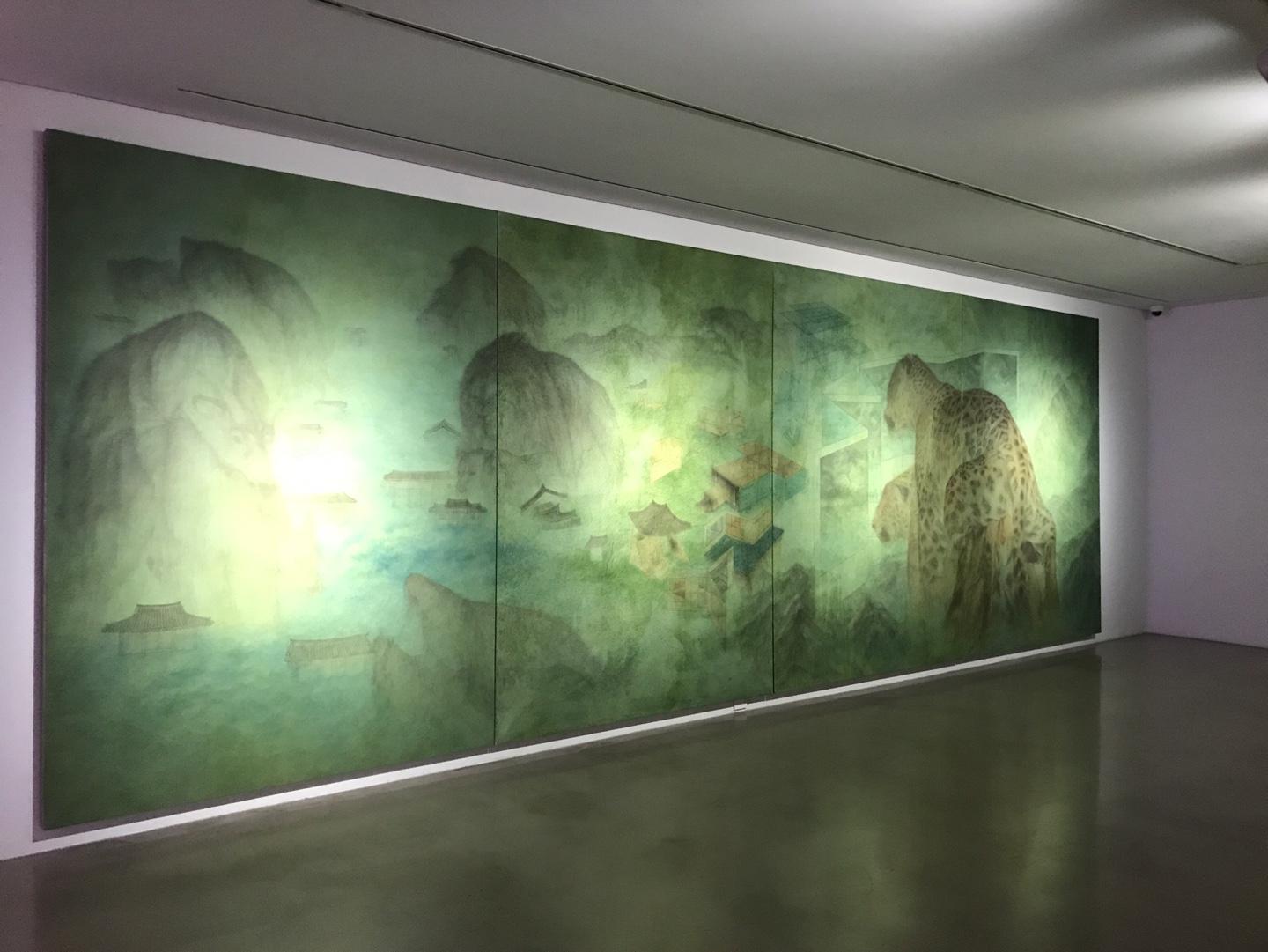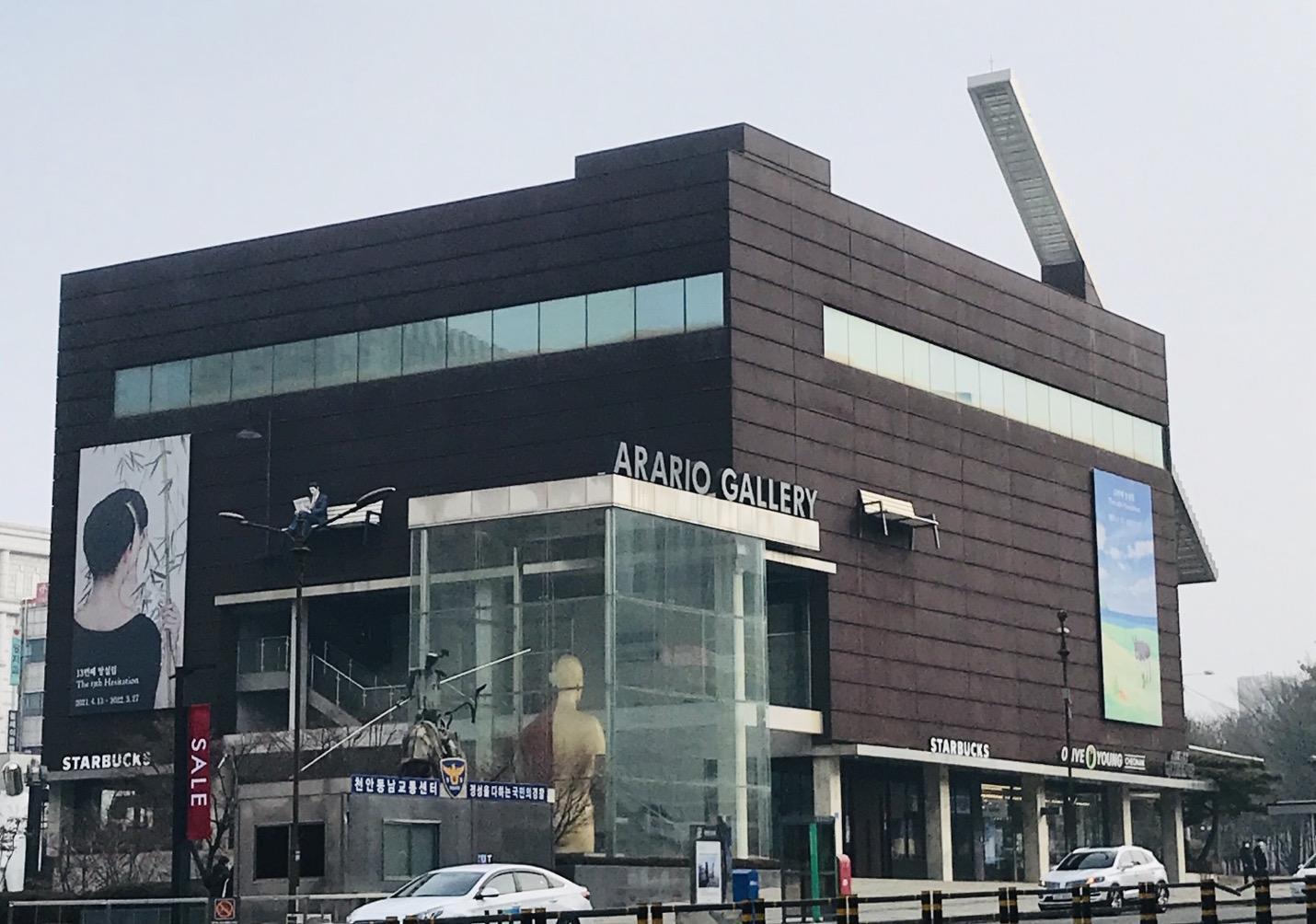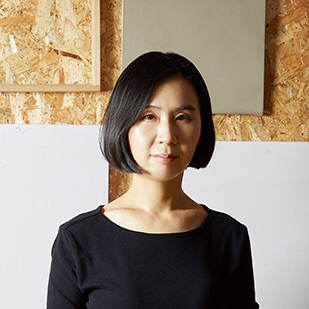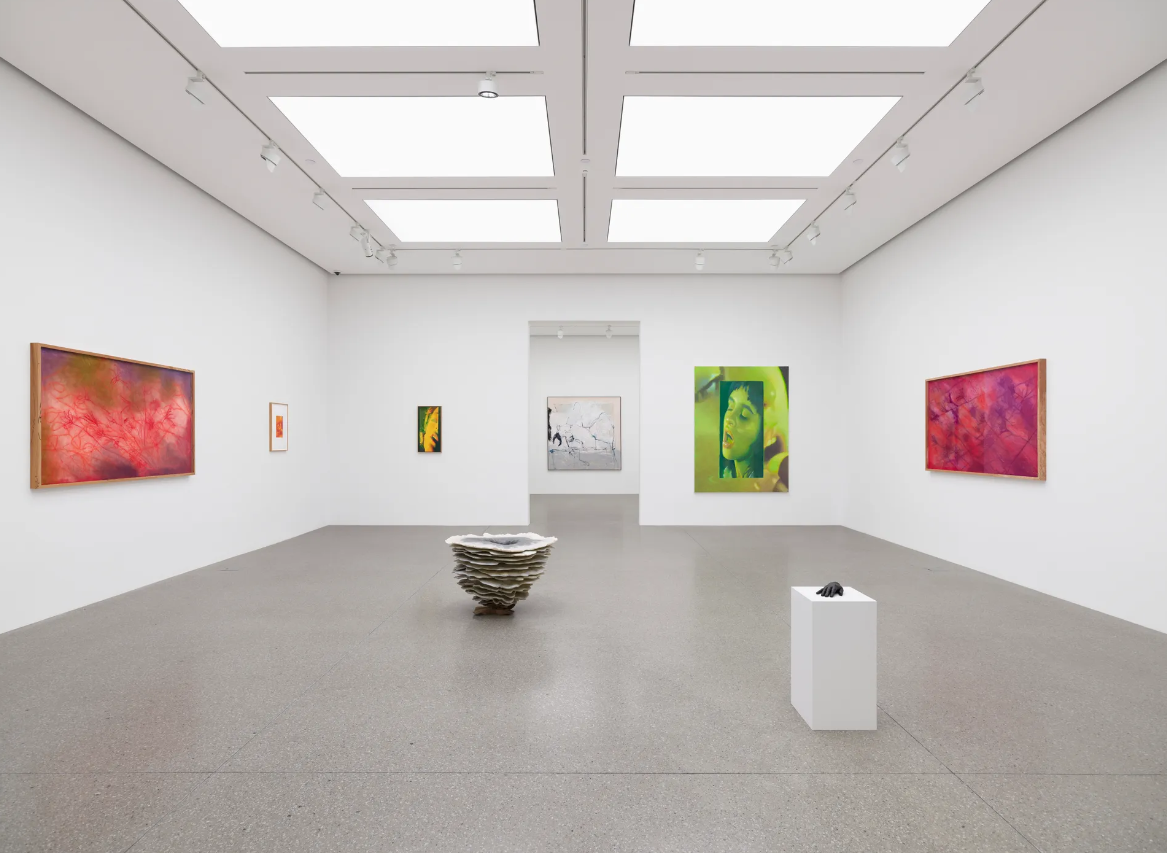Gallery_Exhibition
“The 13th Hesitation” on View Through March 27, 2022, at Arario Gallery Cheonan
January 10, 2022
A Team
 "The 13th Hesitation," Arario Gallery. Photo by Aproject Company.
"The 13th Hesitation," Arario Gallery. Photo by Aproject Company.
A group exhibition, The 13th Hesitation, is on view at Arario Gallery Cheonan through March 27, 2022. The exhibition showcases Korean artists born in the 1970s and 1980s, when South Korea began to achieve high economic growth.
This generation grew up in a much more affluent environment compared to their parent’s generation. And now, mostly in their 40s, they have reached an age range called Burhok (불혹, 不惑), a term coming from the Confucian Analects meaning the state of being free of delusions. However, unlike what it mentions in the sayings, the reality is that this generation is facing a society full of anxiety and hesitation.
Through the lens of art, the exhibition attempts to reveal various problems that these artists are facing in today’s society and provide an opportunity for the viewers to reflect on these issues.
Thirteen artists who are active in the Korean contemporary art scene are showcased in the show, including Lee Eunsil and Lee Jinju, who are two of K-ARTIST.COM’s participating artists. K-ARTIST.COM is an online archive and art market platform that aims to raise global recognition of acknowledged Korean artists.
 Lee Eunsil, 'Line in Front of Us,' 2014, Colors and ink on Korean paper, 244x720 cm. "The 13th Hesitation," Arario Gallery.
Lee Eunsil, 'Line in Front of Us,' 2014, Colors and ink on Korean paper, 244x720 cm. "The 13th Hesitation," Arario Gallery.
Photo by Aproject Company.
Lee Eunsil (b. 1983) uses the materials and techniques of traditional Korean painting. The artist borrows from Eastern philosophy to draw landscape paintings and traditional Korean architecture motifs, yet her paintings are extremely visceral, revealing social taboos and suppressed desires related to the body. Tigers, in particular, represent this overflowing energy. The vicious animal that freely expresses its libido reflects our inner desires that are constantly conflicting with the social structure, such as norms and ethical standards.
Lee Eunsil has participated in exhibitions at major art galleries such as P21 Gallery and Arario Gallery, as well as art institutions such as SongEun Art Space, Doosan Gallery New York, and Art Space Pool.
 Lee Jinju, 'Dark Faces,' 2017, Mixed media on linen, 115x96.3cm,
Lee Jinju, 'Dark Faces,' 2017, Mixed media on linen, 115x96.3cm,
Lee Jinju, (Im)possible Scene, 2020, Korean color on linen, wood, 260(h)x60x63cm,
Lee Jinju, 'Deceptive Well,' 2017, Korean color on linen, 260x528cm,
"The 13th Hesitation," Arario Gallery. Photo by Aproject Company.
Lee Jinju (b. 1980) creates elaborate drawings with Korean painting materials. Each object in the drawings is realistically portrayed, but the artwork’s overall image creates a bizarre and unrealistic scene: the objects have no relation to each other, and they are scattered in an illogical way. Based on her personal memories of her experiences in reality, dreams, and senses, she creates a psychological landscape. Memories do not follow the flow of time and the logic of space. In order to express such landscapes, Lee sometimes paints them in the form of isolated islands or makes installations out of the paintings.
Lee Jinju has participated in exhibitions at various art institutions including the National Museum of Modern and Contemporary Art (MMCA), Arario Museum, Asia Culture Center, Seoul Museum of Art (SeMA), Arario Gallery, and Project Space Sarubia.
Other artists participating in the exhibition are Koo Jiyoon, Kim Inbai, Noh Sangho, Don Sunpil, Baek Kyungho, Baek Heaven, Sim Raejung, Ahn Jisan, Insane Park, Jang Jongwan, and Jwa Haesun.
 Exterior view of Arario Gallery Cheonan. Photo by Aproject Comapny.
Exterior view of Arario Gallery Cheonan. Photo by Aproject Comapny.
* Founded in Cheonan in 1989, Arario Gallery currently operates three spaces: Cheonan, Seoul, and Shanghai, China. The gallery is known for introducing Asia-based artists, especially those of Indian and Southeast Asian descent, who are largely unfamiliar in the Korean art scene.
Articles
























